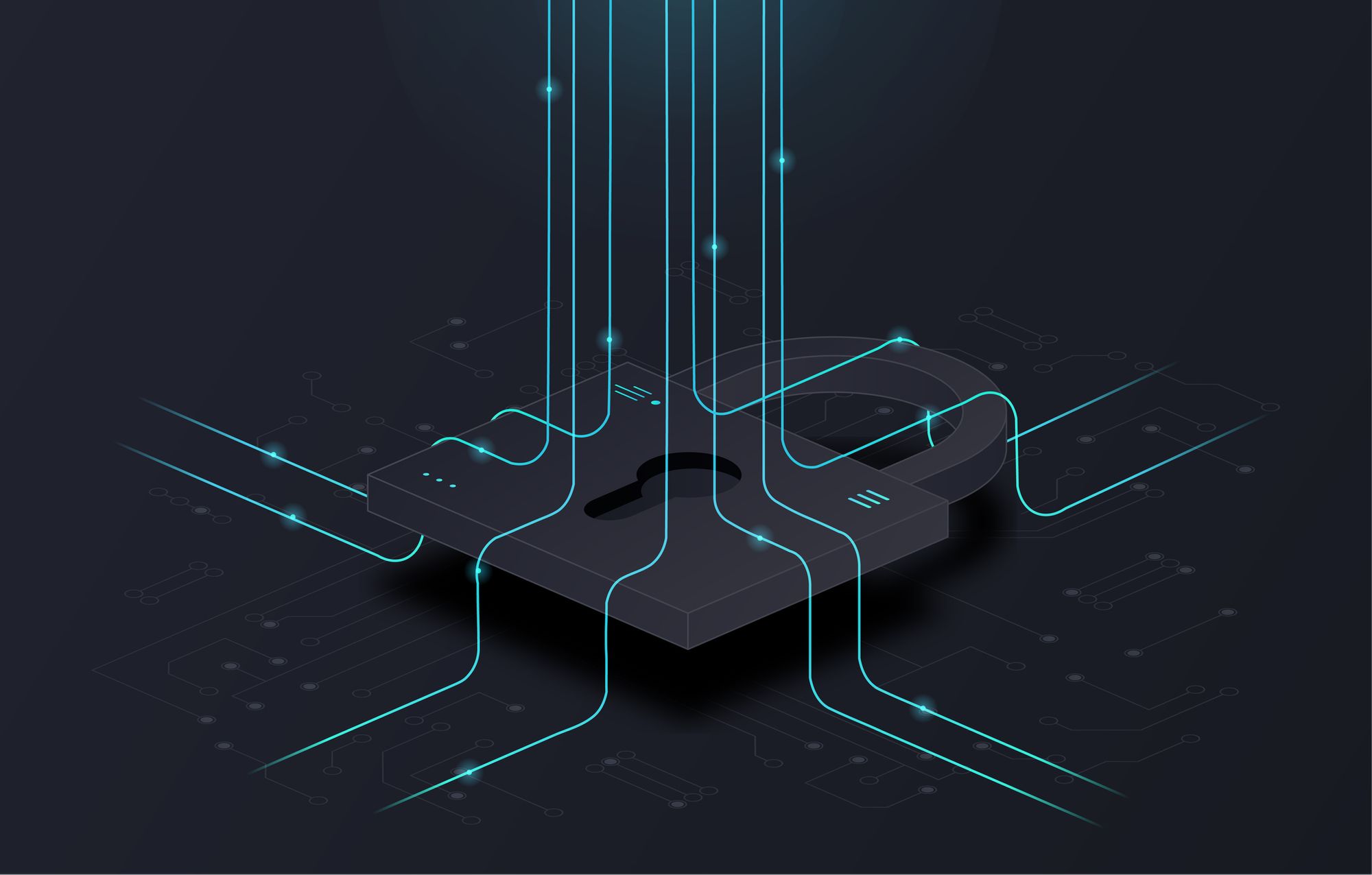Post Syndicated from Rapid7 original https://blog.rapid7.com/2022/09/06/5-things-rapid7-looks-for-in-a-bdr-and-how-we-spot-them/

Every successful organization has a great salesforce. At Rapid7, the Business Development Representative (BDR) Program is a huge source of talent for our sales organization. Some of our most successful salespeople come from the program. So, what is it?
The BDR Program at Rapid7 is an entry-level program that aims to provide early careerists the opportunity to kickstart their career and grow their selling skills. As a part of the program, new hires develop the skills to uncover opportunities with prospects and customers and partner with account executives to continue to expand their knowledge around the entirety of the sales cycle.
As we gear up to welcome another round of applicants, our Talent Acquisition Partner, Lauren Coloumbe, shares five things we look for in BDRs and how we spot them in the interview process.

1. An interest in the sales process
Sales gives you an opportunity to flex a lot of different problem-solving muscles. At Rapid7, we believe the key to solving problems effectively is through building strong relationships. Each customer has different needs and priorities, and building a relationship establishes trust and understanding that will help us learn more and determine how Rapid7 can meet those needs.
How we spot it: We’re looking for people who demonstrate a passion for problem-solving and are excited to build relationships. Sharing what you’re passionate about in your career and how a role in sales can help you use these skills is something we want to see.
2. Interest in or curiosity about cybersecurity
You don’t have to be a subject matter expert, but showing an interest in our industry is a great way to help you stand out. Our lives are becoming more digital and connected every day. While that comes with a lot of excitement and efficiency, it also opens up a lot of new risks to our information and communities.
How we spot it: Think about real-life examples of cybersecurity threats around you every day and how impactful it can be to play a role in protecting not only our customers, but our communities at large. We love when candidates can make a personal connection to our mission or share something interesting they may have learned when conducting some initial industry research.
3. People who are open to learning
We don’t expect you to come in with a ton of industry knowledge, but we do expect you to be prepared to learn, take direction, and ask thoughtful questions. As a BDR, you will be given a lot of opportunities for coaching and development. Being open to learning new things will help you grow and establish a strong foundation.
How we spot it: Natural curiosity drives opportunities for learning. Think of a time when you were especially curious about something or were put in a position where you had to learn a new skill or subject. The interview is also an opportunity for you to express your curiosity. Ask thoughtful questions and let us see your curiosity in action.
4. Team-oriented individuals
At Rapid7, selling is a team sport. You’ll have a group of people in your corner who are invested in your success and ready to lend a helping hand, and you’ll be encouraged to do the same when you get the opportunity. The more we partner together, the better outcomes we can create for our customers and for the company.
How we spot it: There’s nothing wrong with celebrating your wins, but how you got there and how you worked as part of a team are equally important. Share examples of how you worked as a team and either succeeded or failed together. Focus on the effort of the team and the collective impact rather than your own personal role in the process.
5. Challenging convention
Challenging convention means speaking up to share an idea when you feel it can benefit the team. This is a place where everyone is expected to check their ego at the door. This makes it easy for everyone to try new things, fail, learn, and try again. You don’t need to be a manager or a long-time employee to challenge convention, we all have an equal voice when it comes to creating positive customer outcomes.
How we spot it: Think of examples where you stood up for a new or different way of doing things. How did you challenge the status quo or share a new perspective that helped the final outcome?
Learn more about our BDR program and entry-level sales roles at Rapid7.
Additional reading:
![[Security Nation] Gordon “Fyodor” Lyon on Nmap, the Open-Source Security Scanner](https://blog.rapid7.com/content/images/2022/08/security_nation_logo-2.jpg)
![[Security Nation] Gordon “Fyodor” Lyon on Nmap, the Open-Source Security Scanner](https://blog.rapid7.com/content/images/2022/08/urbaneparty-blackhat-500px.jpg)
![[The Lost Bots] S02E03: Browser-in-Browser Attacks — Don't Get (Cat)-Phished](https://blog.rapid7.com/content/images/2022/08/The-Lost-Bots-logo-large.png)
![[Security Nation] Jen and Tod on Hacker Summer Camp 2022](https://blog.rapid7.com/content/images/2022/08/security_nation_logo-1.jpg)



![[Security Nation] Curt Barnard on Defaultinator (Black Hat Arsenal Preview)](https://blog.rapid7.com/content/images/2022/08/security_nation_logo.jpg)
![[Security Nation] Curt Barnard on Defaultinator (Black Hat Arsenal Preview)](https://blog.rapid7.com/content/images/2022/08/headshot-barnard.jpeg)
![[The Lost Bots] Season 2, Episode 2: The Worst and Best Hollywood Cybersecurity Depictions](https://blog.rapid7.com/content/images/2022/07/The-Lost-Bots-logo-large.png)
![[Security Nation] Jacques Chester of Shopify Talks CVSS Scores](https://blog.rapid7.com/content/images/2022/07/security_nation_logo-1.jpg)
![[Security Nation] Jacques Chester of Shopify Talks CVSS Scores](https://blog.rapid7.com/content/images/2022/07/Screen-Shot-2022-07-20-at-11.30.37-AM.png)

![[Security Nation] Pete Cooper and Irene Pontisso on the Results of the UK Government’s Security Culture Challenge](https://blog.rapid7.com/content/images/2022/07/security_nation_logo.jpg)
![[Security Nation] Pete Cooper and Irene Pontisso on the Results of the UK Government’s Security Culture Challenge](https://blog.rapid7.com/content/images/2022/07/image1.jpg)
![[Security Nation] Pete Cooper and Irene Pontisso on the Results of the UK Government’s Security Culture Challenge](https://blog.rapid7.com/content/images/2022/07/irene.jpg)



![[The Lost Bots] Season 2, Episode 1: SIEM Deployment in 10 Minutes](https://blog.rapid7.com/content/images/2022/06/The-Lost-Bots-logo-large.png)

![[Security Nation] Steve Micallef of SpiderFoot on Open-Source Intelligence](https://blog.rapid7.com/content/images/2022/06/security_nation_logo-1.jpg)
![[Security Nation] Steve Micallef of SpiderFoot on Open-Source Intelligence](https://blog.rapid7.com/content/images/2022/06/75g5hFQF_400x400.jpeg)


![[Security Nation] Phillip Maddux on HoneyDB, the Open-Source Honeypot Data Project](https://blog.rapid7.com/content/images/2022/06/security_nation_logo.jpg)
![[Security Nation] Phillip Maddux on HoneyDB, the Open-Source Honeypot Data Project](https://blog.rapid7.com/content/images/2022/06/image1-1.png)
